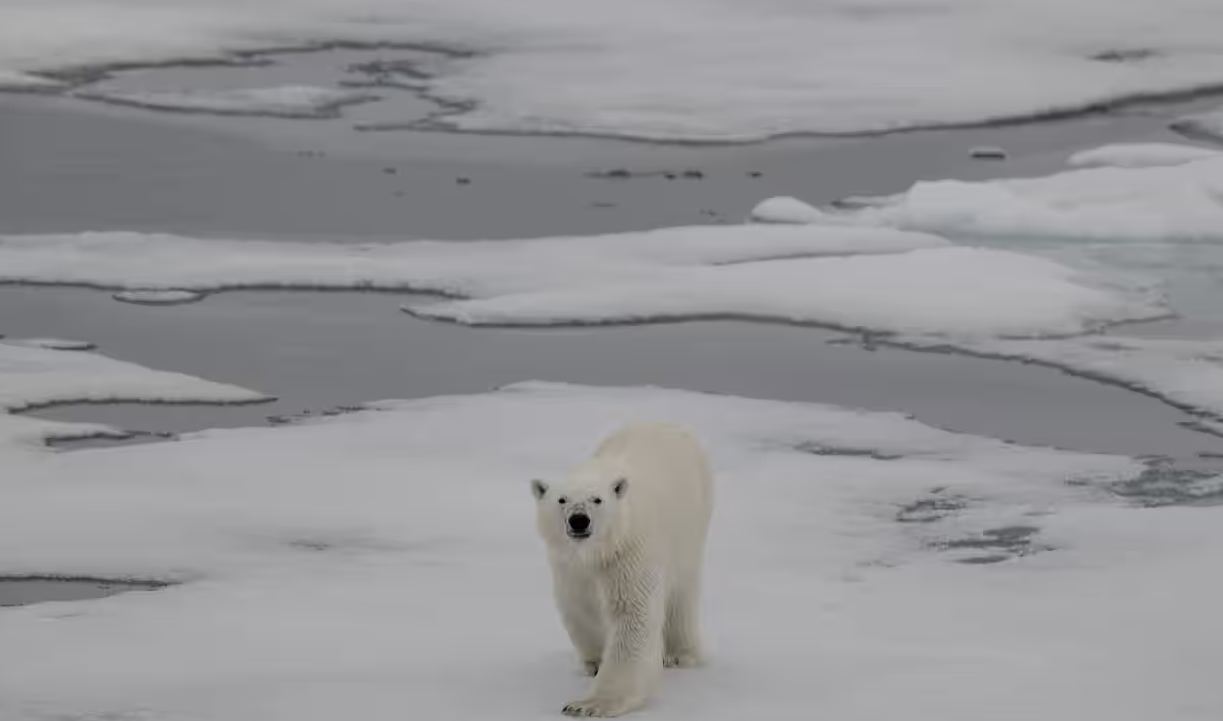The Arctic is at risk of having only water in the summer months from 2035 due to fossil fuel emissions.

The disappearance of Arctic sea ice in summer could happen 10 years earlier than originally predicted, according to research published in the journal Nature Reviews Earth & Environment.
In particular, ice-free Septembers will become more frequent between 2035 and 2067. The frequency of ice loss depends on global emissions.
By the end of the 21st century, if global emissions remain at alarming levels, ice-free Arctic conditions could last from May to January next year.
In the case of reduced emissions, ice-free conditions only occur from August to October.
This seriously affects the living environment.gof regional wildlife such as polar bears, seals and walruses.
“This would transform the Arctic into a completely different environment, from a white Arctic in the summer to a blue Arctic,” said Alexandra Jahn, associate professor of atmospheric and oceanic sciences at the University of Colorado and lead author of the study.
Therefore, we need to keep emissions as low as possible to avoid this situation from continuing.”
Fortunately, humans still have a chance to fix the problem.
“Unlike the Greenland ice sheet, which took thousands of years to form, if we can figure out how to get CO2out of the atmosphere in the future to reverse global warming, ice would return to the Arctic within a decade,” she added.
Arctic wildlife isn't the only thing that will suffer as the ice melts. Humans, particularly those living along the coast, will be in even more trouble.
Ice reduces the impact of ocean waves on the coast, if they disappear, the waves will become stronger, larger and cause more erosion.
TB (according to Tuoi Tre)